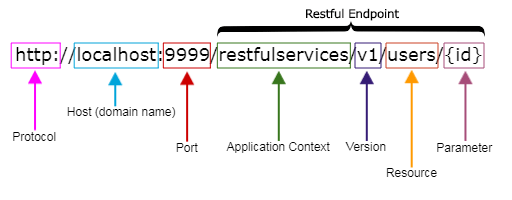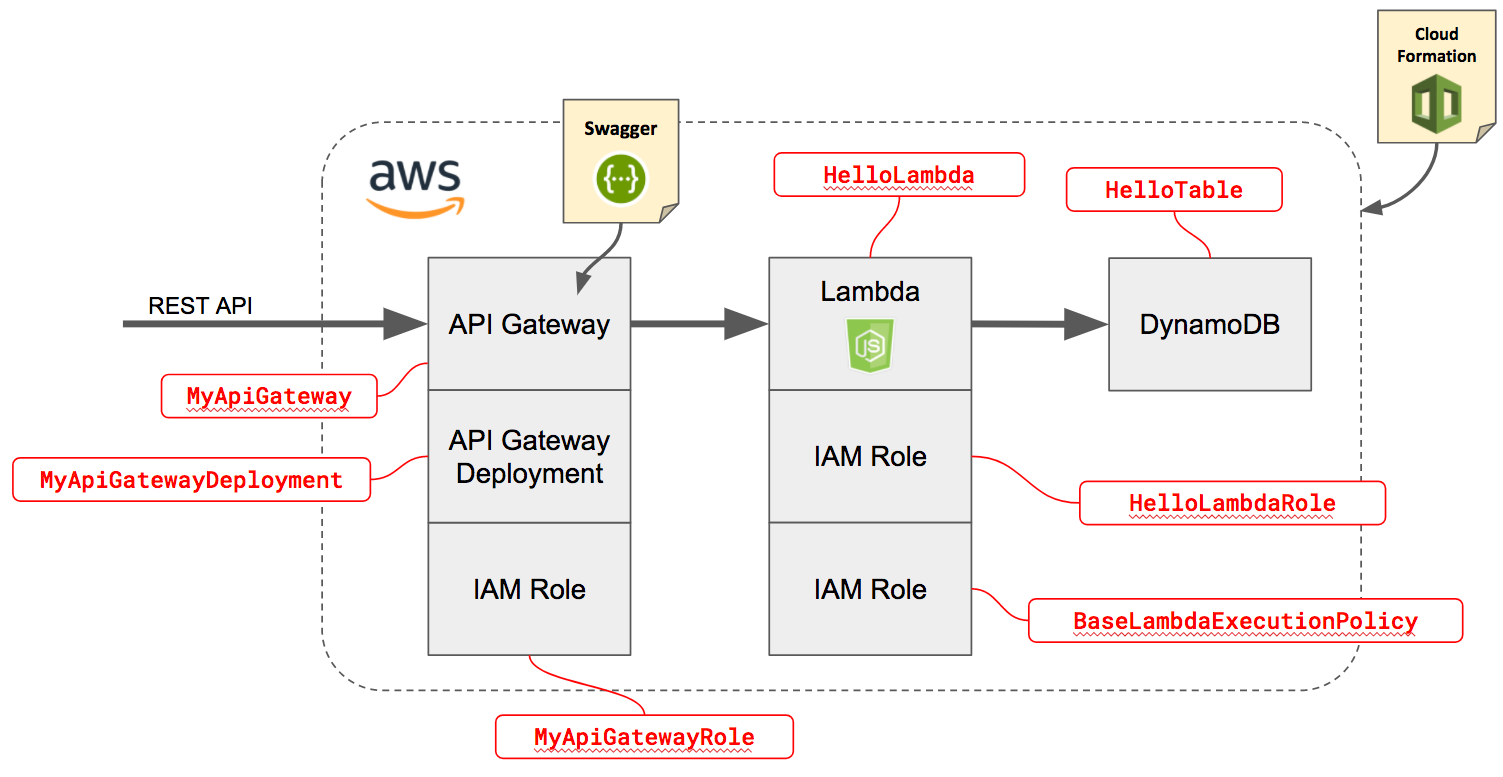Table Of Content

The clients and servers exchange representations of resources by using a standardized interface and protocol. Typically HTTP is the most used protocol, but REST does not mandate it. The resources are acted upon by using a set of simple, well-defined operations.

REST API Design Best Practices Handbook – How to Build a REST API with JavaScript, Node.js, and Express.js
A long and difficult-to-read base URL is not just bad to look at, but can also be prone to mistakes when trying to recode it. There’s no rule on keeping the resource nouns singular or plural, though it is advisable to keep collections plural. Having the same plurality across all resources and collections respectively for consistency is good practice.
App.js
This subresource representation will also have an additional link to its primary presentation. This representation should have either exactly a similar representation as of Configuration representation from the primary collection, OR you may mask a few fields. Now, a single configuration resource representation must have all possible information about this resource – including relevant links. Learning REST in pieces is one thing while applying all these concepts to real application development is completely another challenge.
First, What is a REST API?
That's what we expose to the outside world and what can be consumed by other developers. But we also need to structure our project in order to differentiate between each version. One good practice is to add a path segment like v1 or v2 into the URL. We also don't force the clients to use the new version straight away. They can use the current version and migrate on their own when the new version is stable.
Best tools and methods for designing RESTful APIs
It provides a set of features and tools for building web servers, handling HTTP requests and responses, routing requests to specific handlers, handling middleware, and much more. Mocking, which involves setting up mock servers to return sample data in response to API requests, is a crucial part of the API design process. Mocks can be introduced as soon as your definition is complete, which means they can be used alongside tests to validate design choices and confirm that your API will work as expected. This benefit allows producers and consumers of internal APIs to work concurrently, which significantly reduces the time to market.
That's the reason why I'm requesting the resource via Postman right now. Pagination is another mechanism to split our whole collection of workouts into multiple "pages" where each page only consists of twenty workouts, for example. This technique helps us to make sure that we don't send more than twenty workouts at the same time with our response to the client. If we try to add a new workout but forget to provide the "mode" property in our request body, we should see the error message along with the 400 HTTP error code. When something goes wrong (either from the request or inside our API) we send HTTP Error codes back. I've seen and used API's that were returning all the time a 400 error code when a request was buggy without any specific message about WHY this error occurred or what the mistake was.
That is okay for now because we are building a rather small API. We can use the same controllers and services in each version globally. You've just structured the project for handling different versions. We are now passing incoming requests with "/api/v1" to our version 1 router, that will route each request to the corresponding controller method later. There are many different approaches to handling versioning inside an Express API.
Comments
For example, there is a workout where you have to do a certain order of exercises as quickly as possible. We record the times for all members to have a list of the time for each member who completed this workout. Let's consider that, in our API, we also have a list of members that are signed up in our CrossFit box ("box" is the name for a CrossFit gym). In order to motivate our members we track the overall box records for each workout. Leaving this error message more generic for all properties will be okay for now.
One of the main reasons why API design is crucial is to help the end consumer use your API. Their needs should be the guiding light towards designing and building a great API. As you can see, we're adding a special kind of comment for each of our endpoints.
In this critical element of the model approach to API design, it's best to start with the API definition standards and then jump off to tools that support them. Otherwise, you may end up with a set of tools that don't connect to each other, which would leave gaps that can hinder and defeat the implemented standards on the APIs. APIs often provide development teams the support needed to deal with many microservices-specific problems. In REST APIs, the calls and responses go through different layers. As a rule of thumb, don’t assume that the client, and server applications connect directly to each other.
Inside there you can define how long your data should be cached. The time depends on how fast or how often your data inside your cache changes. I'd like to go with apicache, but if you want to use Redis, I can highly recommend that you check out their great docs. We defined "workouts" here as a "let" variable because when adding more if-statements for different filters we can overwrite "workouts" and chain the filters. So it's more effective to do it in our API and to send the sorted data to the client.
How to Build a REST API with Python - Towards Data Science
How to Build a REST API with Python.
Posted: Fri, 11 Sep 2020 07:00:00 GMT [source]
Then install Express by running npm i express and install nodemon as a dev dependency by running npm i -D nodemon (Nodemon is a tool we'll use to get our server running and test it). Lastly, also run npm i cors, which we'll use to be able to test our server locally. While there are some limitations and concerns with REST APIs, they remain a popular and effective option for building APIs in many different industries and sectors.
Once you've completed your API definition, you can use it to generate mock servers. Mock servers return sample data in response to requests, which enables you to confirm that your API will work as you intend it to. Mocks can also be used alongside API tests, which can be run manually, on a schedule, or automatically within CI/CD pipelines. RESTful web services support total client-server separation. They simplify and decouple various server components so that each part can evolve independently. Platform or technology changes at the server application do not affect the client application.

No comments:
Post a Comment